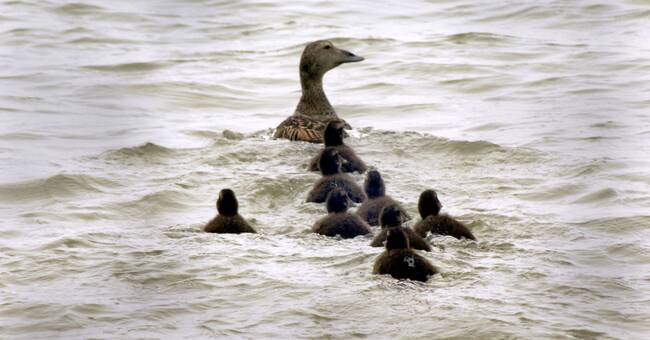The results show that of the 43 coastal bird species, 26 percent of the species have decreased, 9 percent of the species have increased and 23 percent of the species are stable.
For other coastal bird species, the result is uncertain and no conclusions can be drawn.
The whooper swan is the coastal bird that has increased the most, while the woodpecker and eider belong to the declining species.
The coastal birds have been divided into five groups depending on what they eat: fish eaters, herbivores, bottom food seekers, waders and surface food seekers.
Birds that seek food on the bottom are declining
The results show that the group seeking food on the bottom contained the most species with declining stocks, followed by the fish-eating group, while the plant-grazing species were the group with the most increasing species.
In order to monitor the biological diversity within the environmental goal Sea in balance and living coast and archipelago, an indicator has been developed by looking at the combined development for 33 species that are judged to be particularly linked to the sea and archipelago.
The inventory showed that the group as a whole had a stable stock in the Gulf of Bothnia.

